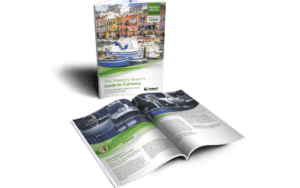A new Michelin Guide has just been released and as always, there are lots of new restaurants to discover. The Guide is closely monitored and kept up to date to keep all the foodies in the world happy!
Find homes in France via our property portal.
How did the Michelin Guide come about?
The Michelin Guide started way back in 1900 when the Michelin tyre company wanted to promote driving (a new pastime then, of course!). Going on road trips would naturally mean having to find places to eat and stay over. So from its beginnings as a kind of travel guide, it metamorphosed in 1920 into a new Michelin Guide listing hotels and restaurants which were deemed to be worthy of a visit.
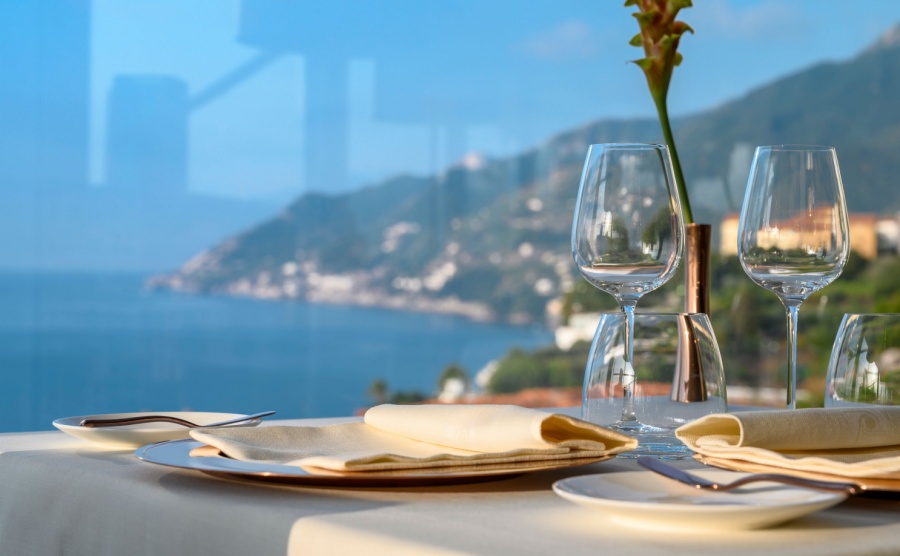
Haute cuisine? Don’t mind if we do…
How does it all work?
A restaurant needs to offer outstanding culinary choices to be awarded one of the much coveted Michelin stars. The inspectors take into account five matters when they look at each restaurant: the quality of ingredients, the techniques used in cooking, the flavours, the particular style of the chef and the general consistency in their menus.
The stars are assessed annually so that the excellent standard of cooking is maintained at each restaurant, wherever it may be.
Contrary to what many people think, the style of the restaurant has absolutely nothing to do with the star awards. Only the food as outlined above is considered. It is all about the quality you receive on your plate.
Who are the inspectors?
No one knows who they are! They remain anonymous but they are rumoured to be former restaurant owners or professionals working in the hospitality industry. There is usually more than one inspector assigned to try out each restaurant and then, they work as a team to assign stars. Inspector visits are random and are not usually declared.
It is all about being certain that the usual extremely high standard is consistently maintained and each restaurant owner is aware. The Michelin Guide inspectors travel all around the world wherever the guides are distributed.
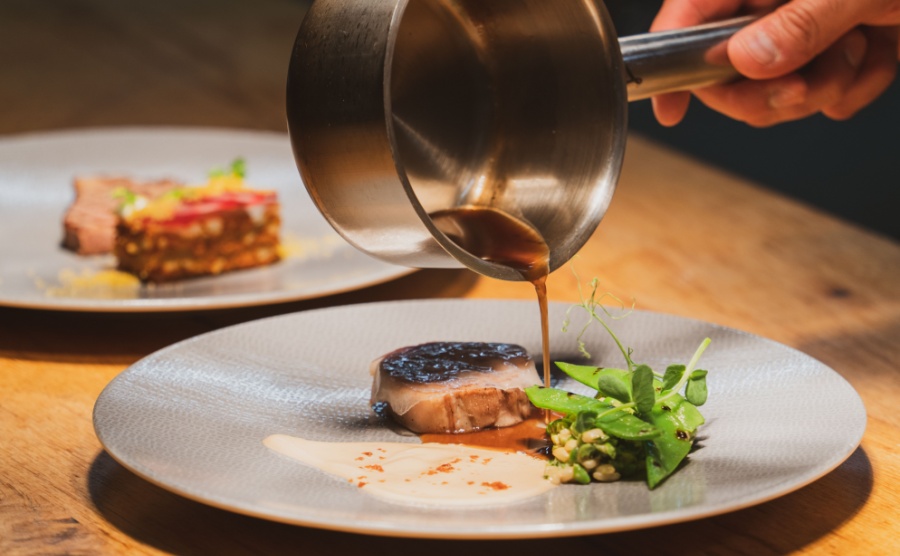
The Michelin Guide documents the best of the best restaurants globally
What is the difference between 1, 2 and 3 stars?
One star is given to establishments which use the very best quality ingredients and where everything is prepared to a very high standard.
Two stars mean the outstanding talent of the particular chef is noteworthy for recognition.
Three stars are the top award. The inspectors are looking not only for the most refined, delicious and expertly prepared food but also for the presentation.
The best Michelin-starred restaurants in France
There are two new 3-star restaurants named in this year’s French Michelin Guide: La Table du Castellet and La Réserve Paris. There are eight restaurants to have newly received 2 stars and 52 with 1 star. The latest edition also celebrates a new generation of young chefs under 40 who have all earned their first star.
The Guide recommends 639-starred restaurants across France. Interestingly, many of the 1-star restaurants are situated in small villages so you don’t have to splash out on a weekend in Paris just to experience Michelin-star-grade cooking!
Having said that, Paris has 95 restaurants with 1 Michelin star, so it rightfully remains at the top of haute cuisine in France.
Contrary to what many people imagine also, the cuisine in top French restaurants is not always French! You will find plenty of restaurants in the Guide with chefs from all over the world cooking all sorts of food from Italian to Chinese to Japanese. Whatever the type of food any restaurant has to offer, however, it has to be at the very top of its game to warrant a star. Indeed, many dishes are so beautifully presented, they practically become a work of art.
Some wonderful off-the-beaten-track restaurants to try now
France is home to lots of absolutely beautiful little villages. You don’t have to go to a major hub such as Paris or Marseille to savour the delights of a Michelin-starred restaurant; some of the finest are located in cosy little hamlets. Here are three I’d personally recommend…
(Unfortunately we don’t have the rights to the restaurant’s images, so we’ve included images of the villages you’ll find the top restaurants in)
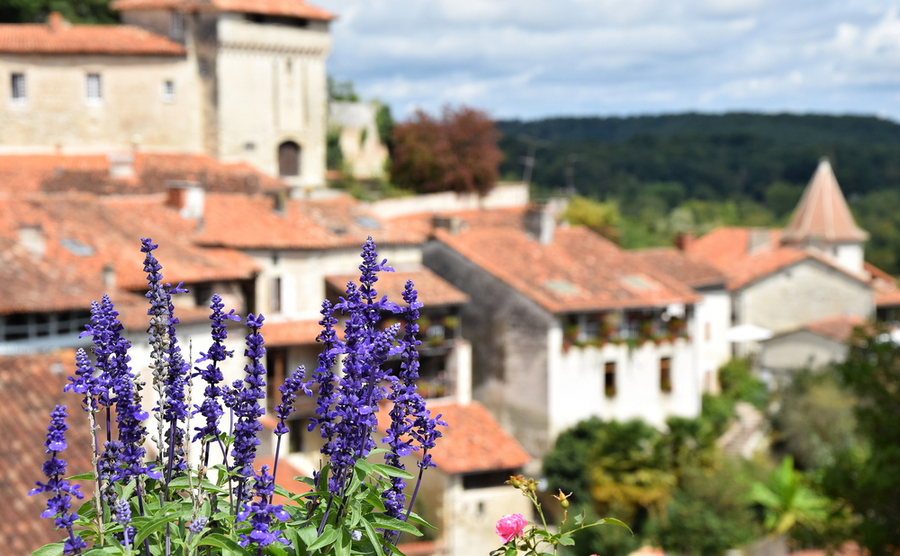
A typical Aude village
Auberge du Vieux Puits, Fontjoncouse – 3 Michelin stars
This fabulous restaurant and hotel is located in the heart of the Aude department in the South of France. One might well pass this village by if it were not for this establishment.
It has held on to its 3 stars for very many years. Gilles Goujon is the proud chef here and has truly put this tiny village on the map. The menu is innovative and quite simply delicious! There are packages for staying overnight and sampling either lunch or dinner and this restaurant is known throughout France and further afield as being an absolute delight.
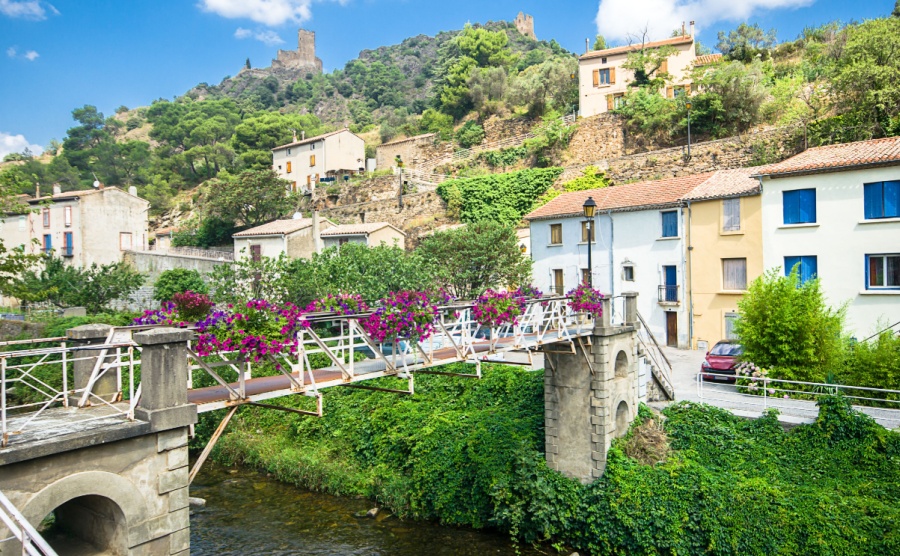
Lastours village
Le Puits du Tresor, Lastours – 1 Michelin star
Another superb restaurant and hotel in the Aude department is Le Puits du Tresor in Lastours. This is a small village close to Carcassonne, famous for its four castles, the ruins of which lie majestically above the village. This restaurant has 1 Michelin star and is situated just below the castles. The chef here was awarded his star in 2007 and it is well deserved: this is a beautiful and very welcoming restaurant with a menu based on fine seasonal produce. Again, it is also a hotel so you can sample the culinary delights and then stay over afterwards.
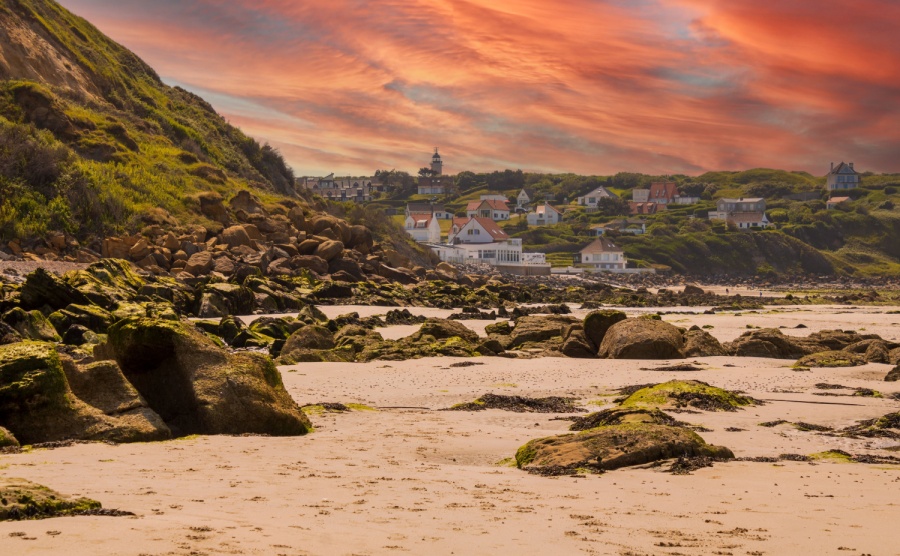
The coastal village of Wimereux
La Liegeoise, Wimereux – 1 Michelin star
A hop across the Channel will take you to this lovely restaurant in the seaside village of Wimereux. It is a hotel and restaurant, has 1 Michelin star and is set up on the first floor resulting in amazing sea views. It specialises in fish and shellfish and is nice and close to the channel ports so you could come here just for a night or two!
Eating at any Michelin-starred restaurant is bound to cost a little more than any other restaurant. A good tip is to get a table at lunchtime as many restaurants with stars offer an excellent menu then at cheaper prices than in the evening. Bon appetit!


